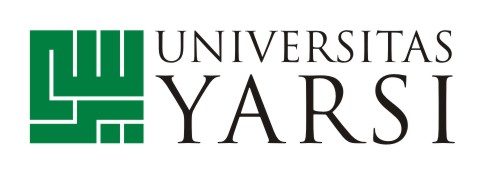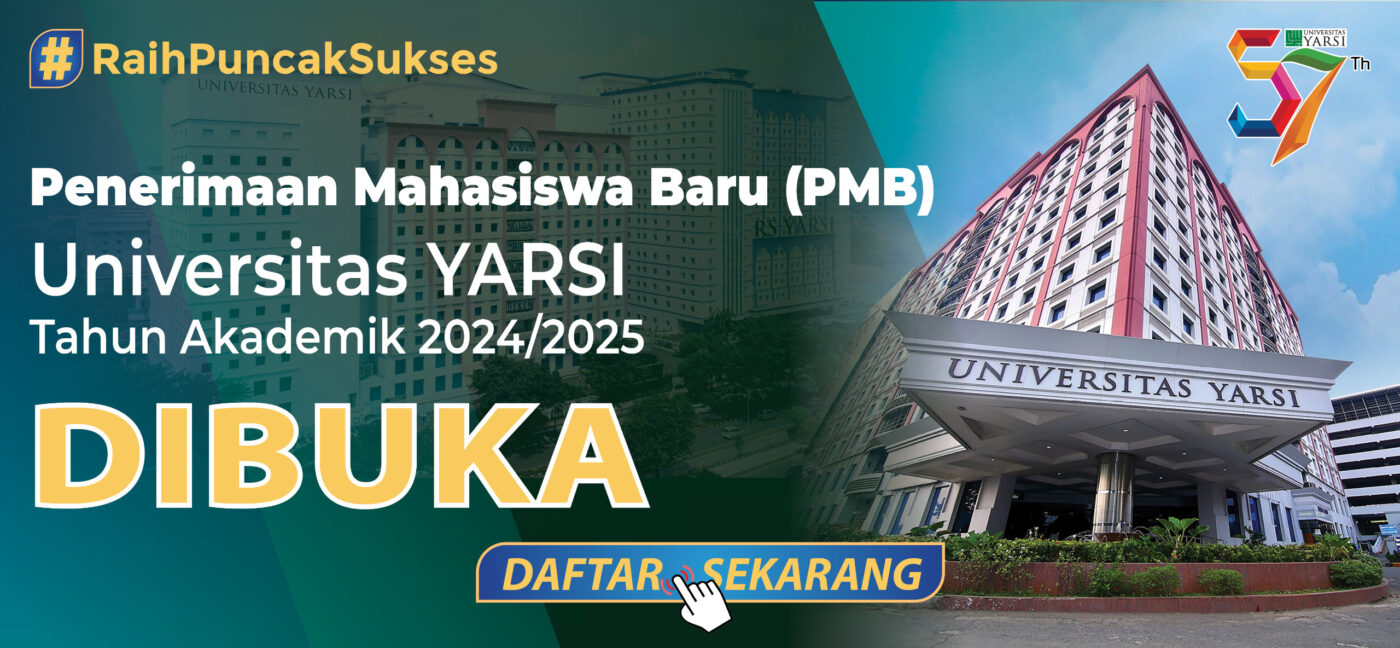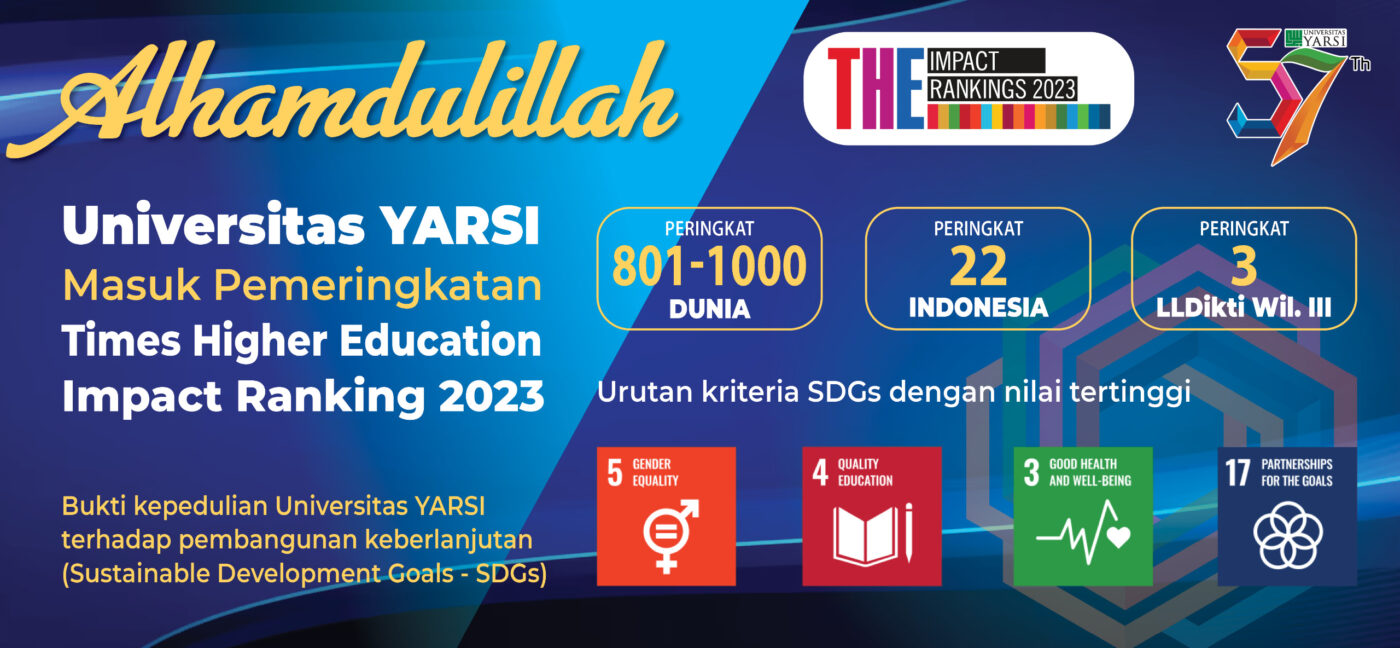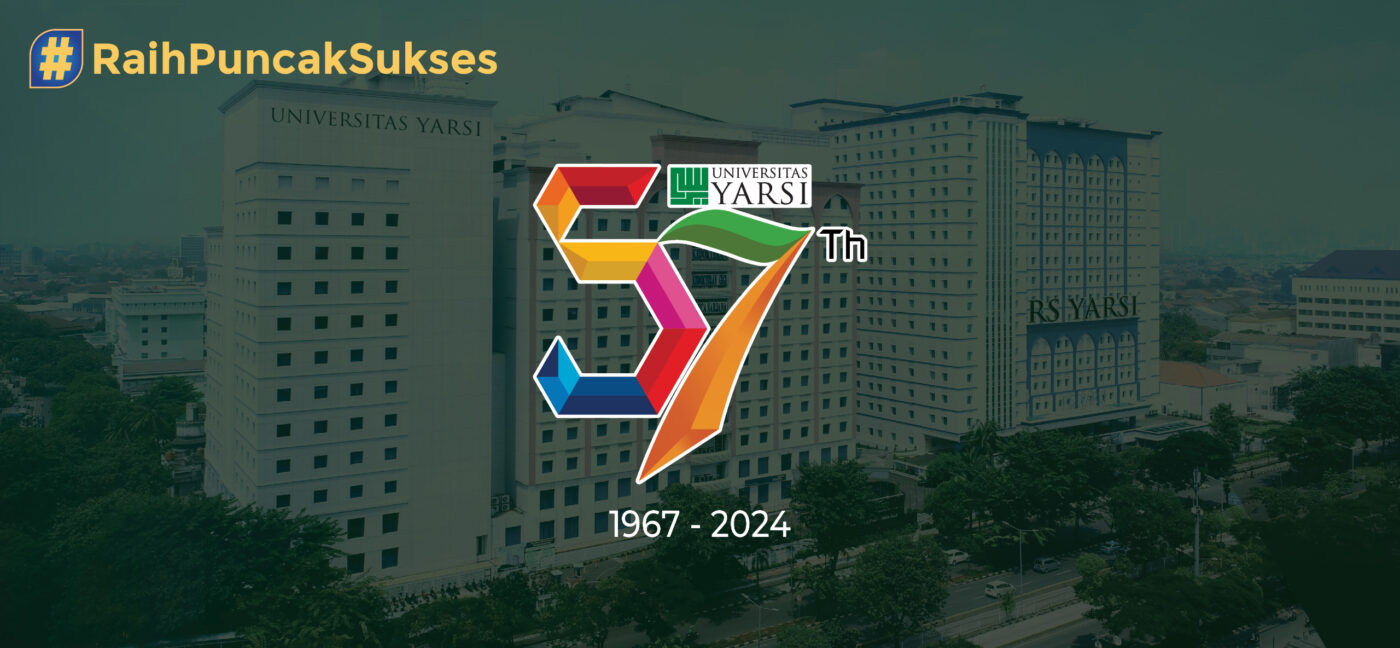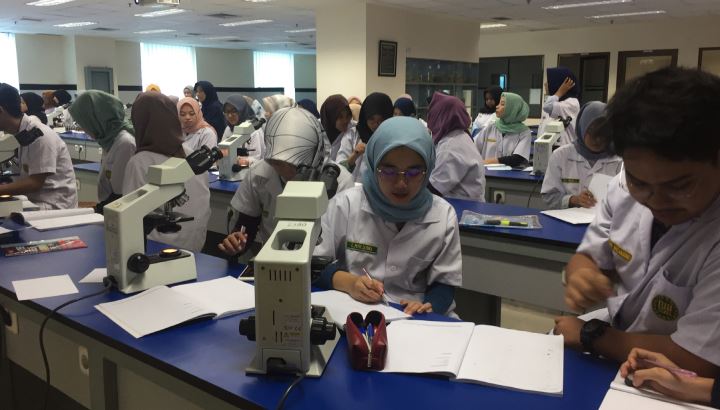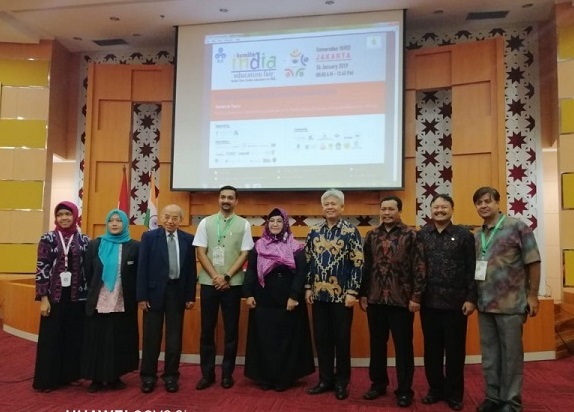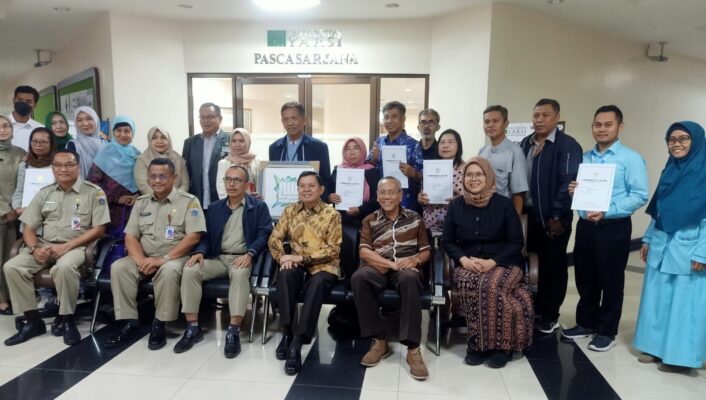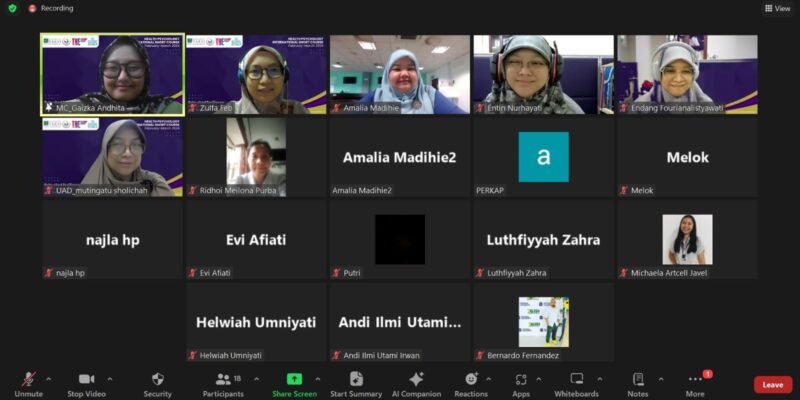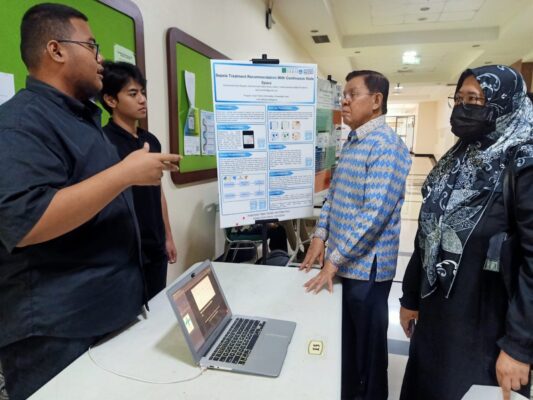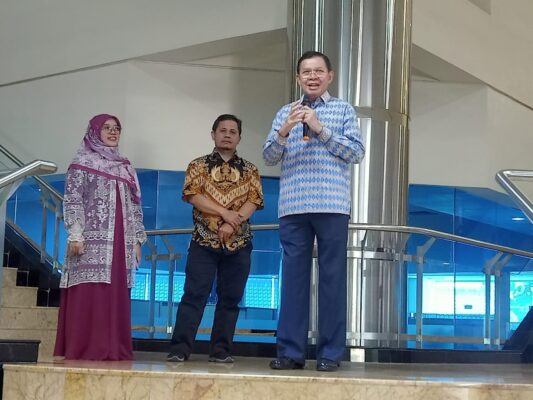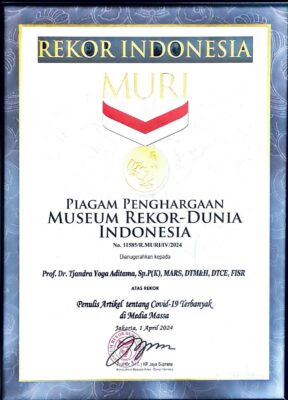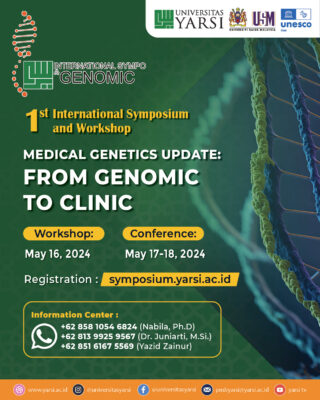bidang unggulan
berita terbaru
Penelitian Genomic, Yarsi Telah Investasi Milyaran
Indonesia dalam hal penelitian genom (genomic) masih jauh ketinggalan. Buktinya Indonesia belum punya genom Indonesia. [...]
Apr
Milad ke-57 ,Yarsi Harus Jadi Pusat Pembelajaran,Inspirasi serta Berperan di TJSL
Peran mahasiswa Yarsi pada Program Tanggung Jawab Sosial dan Lingkungan (TJSL) sangatlah penting . Pertama, [...]
Apr
Pengabdian Prodi MM dan MKn Yarsi Berbuah, Kini KWK Punya Badan Hukum
Ada banyak cara membantu masyarakat. Sebagai lembaga pendidikan tinggi Program Studi Magister Manajemen (Prodi MM [...]
Mar
International Short Course Fakultas Psikologi YARSI Menghadirkan Narasumber dari 4 Negara
Puji syukur kepada Allah Tuhan yang Maha Esa, Health Psychology International Short Course yang diselenggarakan [...]
Mar
Latih dan Tumbuhkan Kebanggaan Mahasiswa , Prodi TI Gelar Pameran Teknologi
Kecerdasan Buatan (artificial intelligent ), Internet of Things (IoT) dan Pengembangan Aplikasi Mobile sekarang sudah [...]
Mar
Hadirkan Karya Mahasiswa Seputar AI, IoT dan Aplikasi Mobile, FTI Gelar Pameran
Pameran Program Studi Teknologi Informasi (Prodi TI) Universitas Yarsi sudah berlangsung sukses, Selebrasinya ramai pengunjung.dari [...]
Mar
Kolom pakar
Bergabung di sosial Media Kami
